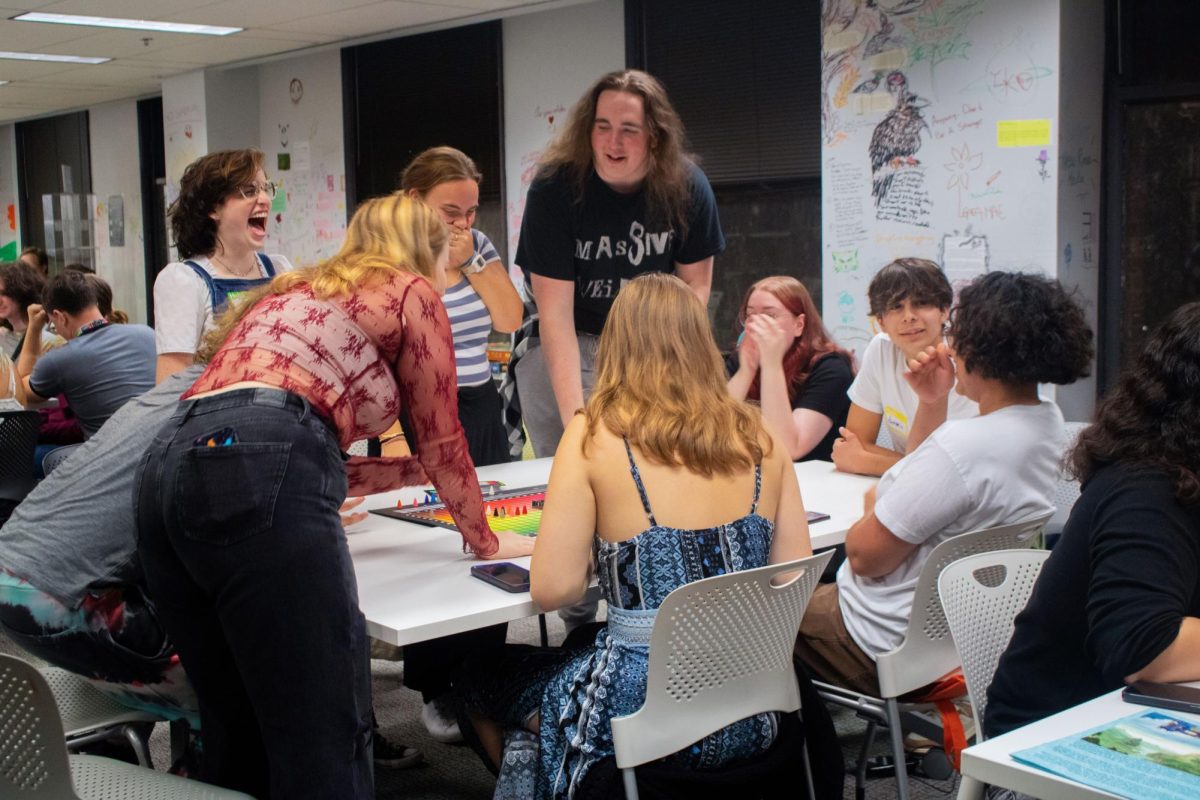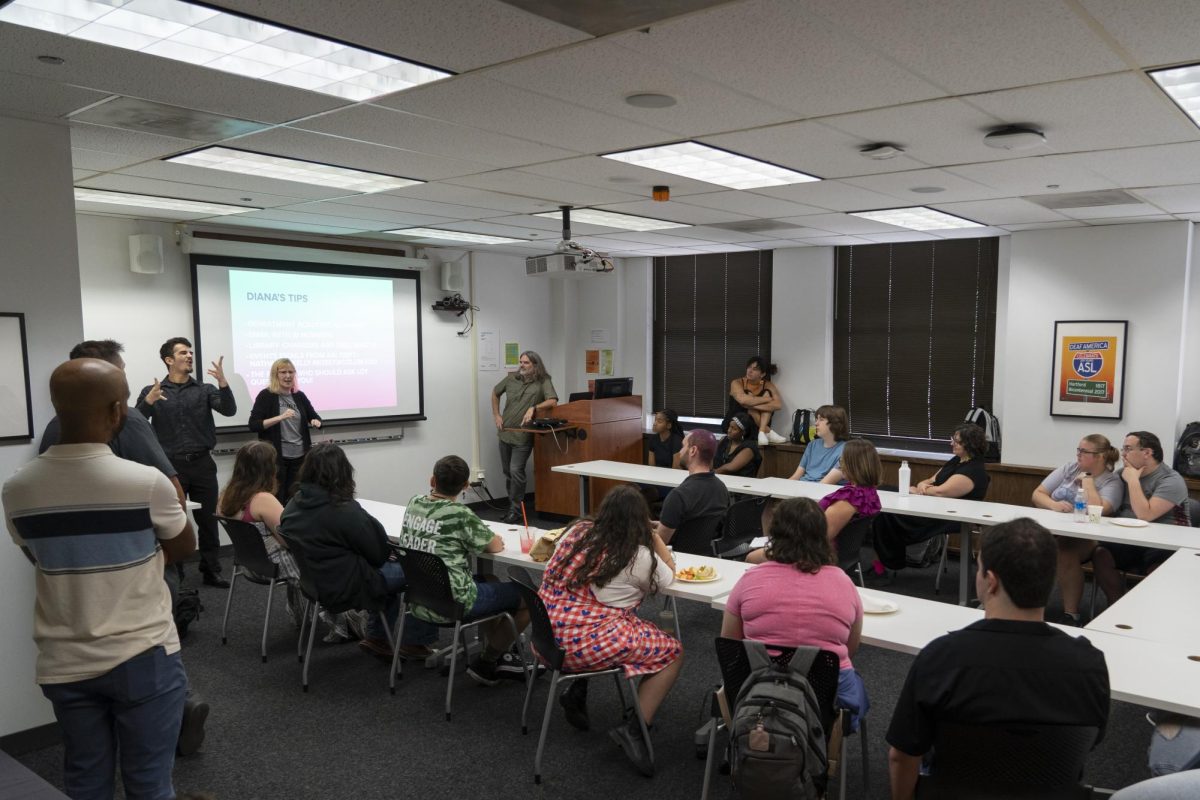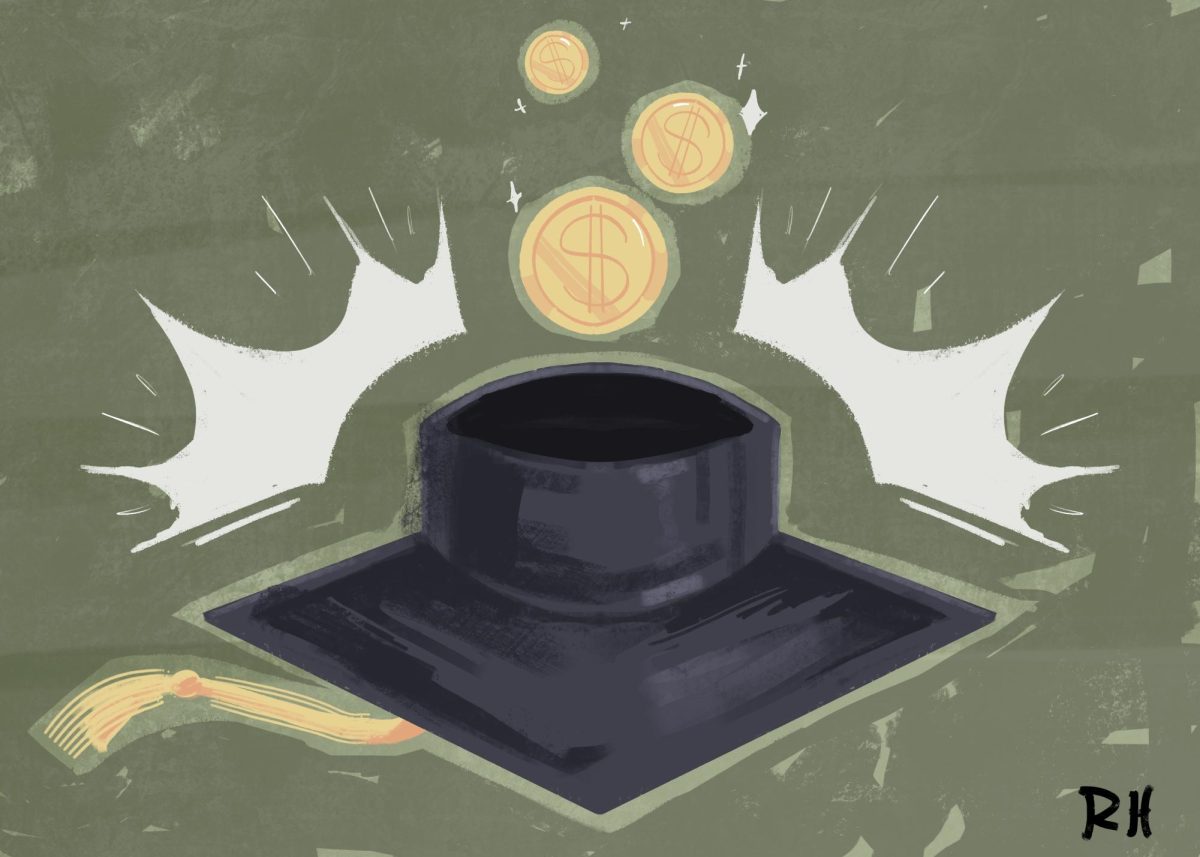A recent report released by the Climate Reality Project’s Chicago Metro Chapter found that Chicago area university buildings are among the city’s top emitters of climate-warming gasses per square foot, with Columbia falling somewhere in the middle.
Seven Chicago university buildings rank in the top 10 for greenhouse gas emissions in the city.
The Chicago chapter, formed in 2017, consists of volunteers dedicated to local climate solutions and aims to encourage universities to reduce emissions through improved energy efficiency and shift away from fossil fuels.
For the last two years the team has been working on making building decarbonization a more well known practice, which is the process of removing fossil fuels from a building or replacing anything that burns methane gas with electricity.
The report found that commercial and residential buildings account for approximately 70% of greenhouse gas emissions in the city.
Rachel Fredericks, a volunteer with the chapter, said in an interview with the Chronicle that in order to meet any of the city’s climate action goals that “we cannot ignore buildings.”
“Universities own a lot of buildings. They have a lot of real estate, so the decisions they make can have a bigger impact than, say, somebody who owns a single house,” Fredericks said. “There’s just a lot of reasons why universities are in a good position to either be leaders in this area or very much not.”
The Chicago Energy Rating system, which was established in 2019, requires properties that are 50,000 square feet or larger in size to benchmark and report their energy use. Viktor Köves, a volunteer who works alongside Fredericks, created electrifychicago.net, in order to make this information more accessible.
Fredericks pointed out 916 S. Wabash Ave as one of Columbia’s buildings with the lowest greenhouse gas emissions as it is reported to be made up of 14% natural gas and 86% electricity.
“On the other end of the spectrum,” Fredericks said, “is 624 S. Michigan Ave, one of Columbia’s oldest buildings.” The building was reported to have an energy mix of 67% natural gas and 37% electricity.
Interim President and CEO Jerry Tarrer confirmed at the All College Retreat in mid-August that the building would be sold.
Two of the main challenges in lowering GHG emissions are that building electrification projects require upfront investment and building decarbonization “hasn’t historically received as much attention from the public or even from environmentalists,” Fredericks said.
Columbia’s Green Buildings Program looks holistically at the design, space utilization, operations, and life cycle impact of the college’s owned properties.
Ann Kalayil, associate vice president of Facilities and Construction, which is responsible for initiating the GBP, previously told the Chronicle that her goals include going carbon neutral by 2050, reducing water usage 5% by 2030 and establishing a smart buildings data platform.
“The administration here has for a long time been very conscious of the environmental consequences of things that we do,” said Gerald Adams, associate professor of science and mathematics. “The problem is we mostly operate very old buildings, it would be very expensive to change the infrastructure of that building.”
Adams said that one of the things he does to conserve energy in Columbia buildings include altering the temperature in his office throughout the seasons to use less gas.
Fredericks said that burning gas indoors poses health risks, as it releases harmful chemicals. “So, if you have more asthma attacks because of natural gas use, then not only are you paying the gas bill, but you’re also paying the hospital bill.”
Adams said that in Illinois, a significant amount of electricity comes from burning coal which can be worse for the environment.
“It releases more carbon dioxide, so cooking with electricity is great if you are on a part of the grid that is entirely solar or that is entirely wind power, or is entirely nuclear, which has its own problems, but at least it’s not releasing carbon dioxide into the atmosphere,” Adams said. “If you’re in a place that produces electricity by burning coal or by burning natural gas, then you’re robbing one place to pay another.”
Michelle Yates, associate professor of humanities, history and social sciences said that in her courses she sees that students are “really hungry for more classes that have to do with sustainability.”
“A lot of what I try to get students to think about in my classes is how they can think about the kinds of stories they want to tell about the relationship between humans and non-human nature, like in their creative work they do,” Yates said.
Yates teaches Media History and Culture, Cinema and Environment this semester, a course focusing on the film industries impact on greenhouse gas emissions and climate change.
“It’s also about stories that are being told through creative work, and it’s getting students to think about how the industries that they’re going to be a part of can also be rendered more sustainable, too.” Yates said.
At the top of the list for carbon emissions in the city is Crown Hall, the College of Architecture at the Illinois Institute of Technology located at 3360 S. State St. using less than 1% of electricity. The building was reported to have released 30,139 tons of greenhouse gas emissions as of 2021.
While students can’t directly impact carbon emissions in university buildings, there are multiple ways for students to get involved with contributing to a greener campus at Columbia.
Student Government Association’s President Jenna Davis, who led SGA’s first annual Earth Day clean up her freshman year, said that sustainability on campus is something that she is passionate about.
Davis recently had a meeting with facilities in which she was told that “our campus is now 54% diverted in our disposing or recycling.”
The Chronicle previously reported that Kalayil said that the goal is for Columbia to be at 50% diversion rate by 2030.
“Another thing students can do is not throw away all of their stuff at the end of the year, because, ultimately, if we did do that it would all end up in a landfill, which is really disappointing,” Davis said.
Copy edited by Angel Marie Guevara















